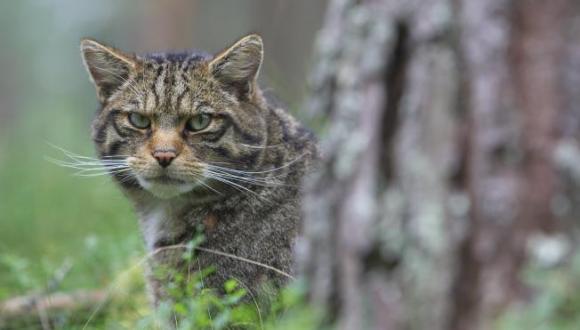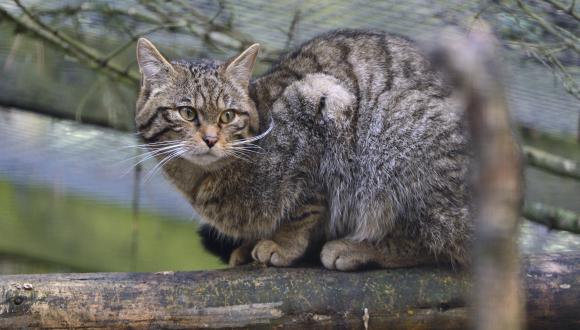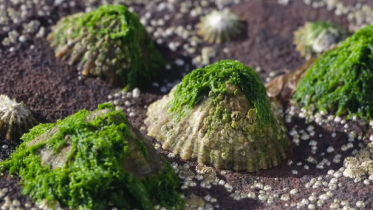
Protected species: wildcats
The Scottish wildcat, a European protected species, is the only native member of the cat family still wild in Britain.
There is no change to the protection of European protected species as a result of EU Exit.
The wildcat is a European protected species and is fully protected under the Conservation (Natural Habitats, &c.) Regulations 1994 (as amended).
You can see our summary of offences in relation to this protected species below. For the definitive list of offences, you should consult the actual legislation.
Discover more about the Scottish wildcat.
Offences: wildcat
It is an offence to deliberately or recklessly:
- capture, injure, kill or harass a wildcat
- disturb a wildcat in a den or any other structure or place it uses for shelter or protection
- disturb a wildcat while it is rearing or otherwise caring for its young
- obstruct access to a den or other structure or place wildcats use for shelter or protection or otherwise deny the animal use of that place
- disturb a wildcat in a manner or in circumstances likely to significantly affect the local distribution or abundance of the species
- disturb a wildcat in a manner or in circumstances likely to impair its ability to survive, breed or reproduce, or rear or otherwise care for its young
It is also an offence to:
- damage or destroy a breeding site or resting place of such an animal (whether or not deliberately or recklessly)
- keep, transport, sell or exchange, or offer for sale or exchange any wildcat (or any part or derivative of one) obtained after 10 June 1994
Licensing
Licensing allows named individuals to carry out actions that could otherwise constitute an offence. If you’re planning any activities that could affect wildcats or the places they use, you must make sure you stay within the law.
Find out about wildcats and licensing.
Learn more about licensing.
Guidance on defining a wildcat
The reliable identification of wildcats (Felis silvestris) is necessary to enable the protection of the species and to ensure land managers, animal welfare organisations, conservation practitioners and others operate within the law. Wildcats are protected in a number of ways, as described above.
However, feral domestic cats (Felis catus) are an invasive non-native species. Therefore, releasing a feral domestic cat requires a licence, irrespective of whether it is neutered or not. Land managers are allowed to use appropriate lethal methods to control feral domestic cats.
Hybridisation between wildcats and domestic cats presents identification challenges. We have therefore worked with our partners to produce a pragmatic, practical approach to define wildcats when providing advice and making licensing decisions.
Find out more
Protected species known to occur naturally in Scotland and their protection
Protected Species Advice for Developers: Wildcat
Read our latest news release - Historic milestone reached as critically endangered wildcats released into the Cairngorms National Park (15 June 2023)
Read our standing advice on trapping wildcats as by-catch
Contact
If you already have a licence number, include it in the subject line of your email, or have it to hand when you call.






